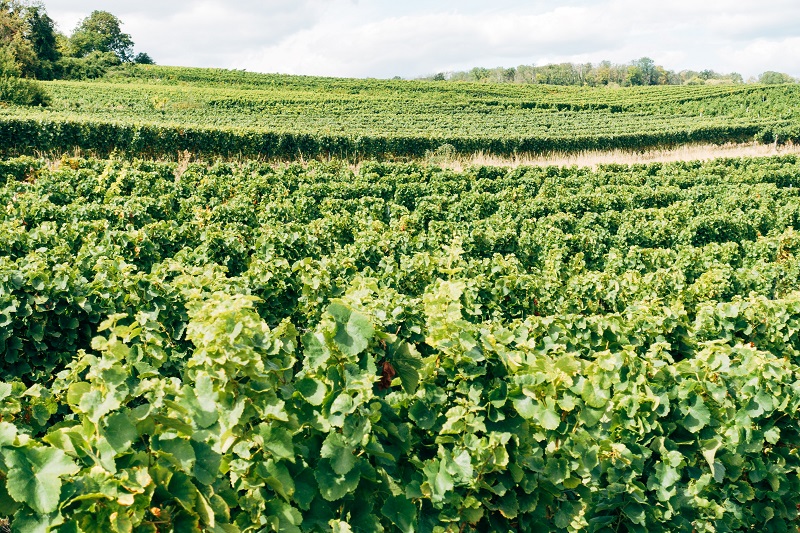Don’t Get Blindsided By Flower Blight Of Southern Pea
Disease Specs
Choanephora blight, or flower blight, caused by the fungus Choanephora sp., is an occasional problem on vegetables especially during the early fall in Southwest Florida. It is common in the tropics on many vegetables including southern peas, eggplant, green beans, pepper, and squash.

Photo by Gerald Holmes
Identification
This disease has been reported throughout Florida on beans and southern peas. Symptoms are visible on apical growing points, flowers, and fruits. On the foliage, symptoms begin as water-soaked areas without external white mycelium; these lesions then enlarge causing a blighted appearance. Older lesions darken and dry out with age. Later, the fungus grows rapidly downward causing dieback. The dark-gray fungal growth is apparent on some lesions. Close inspection under magnification will reveal silvery, spine-like fungal structures and dark spores. It is found on bean foliage, blossoms, and pods.
Symptoms may be confused with Phytophthora blight (Phytophthora capsici) when young or spray burn on bean plants with older symptoms.
Signs of the fungus become evident on both surfaces of the leaf as well as on blossoms and pods. These consist of whitish fungal growth tipped with numerous black spore-bearing structures, giving the appearance of whiskers.
Survival And Spread
This fungus is a weak parasite. It colonizes dead or dying tissue before it actively invades living tissue. The fungus may invade the old flowers and advance into the fruits. Spores may be dispersed by insects such as bees from flower to flower.
Infection can occur with or without wounding of host tissue caused by insects or mechanical means. However, the disease may appear more frequently and with greater severity where such damage provides an entry point for the fungus. Some data exists to indicate that disease severity is correlated with high populations of cowpea curculio on southern pea plants.
Spores of the fungus can survive in the soil and in association with host plant debris.
Choanephora is most common during periods of excessive rainfall and high temperatures. Extended periods of rain, high humidity, and high temperature favor fungal sporulation and disease development. The fungus is spread via wind, splashing water, on clothing, tools, and cultivation equipment.
Management Methods
There are few management techniques available, but fungicidal sprays applied for the control of other diseases will provide some control of this disease also. Good spray coverage where dense foliage occurs is important.
Dense plantings can lead to poor air circulation and extended periods of leaf wetness. Well-drained production sites and the use of drip irrigation rather than overhead irrigation will help decrease relative humidity and leaf wetness within a dense plant canopy.










